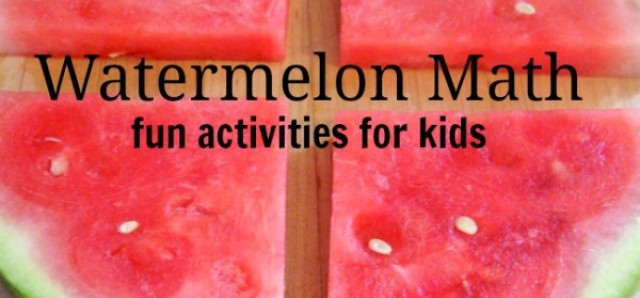Exploring Seeds Simple Science for Preschoolers
Exploring seeds in foods is easy with this hands-on preschool activity. Enjoy the fun and learning this simple science activity provides for kids from toddler to kindergarten age.

For information on use of cookies and affiliates
see our Privacy Policy and Disclosure
Have you eaten any foods today that required removing seeds? This is a fascinating learning process for kids, that requires fine motor and sensory experiences.
In this activity, you'll get some ideas for exploring seeds in various ways.
- Compare size and quantity of seeds in different foods.
- Identify color and texture of seeds.
Exploring seeds starts with real-life handling of foods. Preschoolers will enjoy interaction with peers and grownups as they interact in real life situations at home or in the classroom.
Be prepared to get a little messy as you dig into fruits and vegetables to observe the seeds.
Related: Roundup of Activities with Seeds
Exploring seeds in foods
Hands-on learning activities - like this one with seeds - support STEM or STEAM learning in everyday play. They invite interaction with materials and promote interest in future exploration and discovery.
STEAM =Science + Technology + Engineering + Art+ Math
Here is how STEAM principles are realized in this activity:
- Science: exploring how foods grow from seeds
- Technology: using tools to slice and dig
- Engineering: planning and setting up the activity, assembling appropriate tools
- Art: recognizing and integrating colors of seeds into the activity
- Math: counting seeds, comparing sizes of seeds
All these elements help build language and cognitive skills as preschoolers play and learn. Art is a component of scientific learning that includes recognizing and
For more fun with kitchen science, take a look at this book in the STEAM KIDS series.
STEAM KIDS in the KITCHEN
(affiliate link)

Set up your seeds activity
Protect your work area with a drop cloth.
Wash and pat dry fruits and vegetables.
Provide a tray to display produce, and a cutting board for chopping and slicing.
Provide child-safe utensils. This plastic knife set is meant for kids to use, but do have an edge. Naturally any play with utensils should be supervised.

Observe the seeds
Slice foods in half on a cutting board. Transfer to a tray for observation and removal of seeds.
- Choose foods that are easy for kids to slice such as peaches and strawberries. Assist with cutting other foods such as firm apples and peppers.
Observe seeds before removing them from the food.
- Can you easily see the seeds?
- Can you easily count the seeds?
- Compare the different sizes or colors of seeds.
- Where are the seeds located inside the food?
Related: Painting with pepper stems
Remove the seeds from the foods for further examination.
- How easy is it to remove the seeds?
- What utensil did you use?
- How do they feel and smell?
Make comparisons by size and weight.
Identify the different colors and describe the textures.
Match each food to its seed(s).
Make a seeds graph

Draw a simple graph on card stock.
Place seeds on the graph to determine which food has the most seeds and which has the least number of seeds.
More ideas for discussion:
- How did you get to the seeds inside the food? (i.e. peel, chop)
- Can you eat the seeds?
- Compare foods with seeds to foods without visible seeds. (i.e. carrot, onion)
Enjoy foods for snack

Include fruits and veggies in this activity that kids can snack on.
Provide age-appropriate utensils so kids can help prepare the snack.
Benefits of exploring seeds with kids
1. Seeds are easy to use in kids activities - they're cheap and plentiful, and readily available in foods you have on hand.
2. As they explore seeds in the foods they eat, kids are prompted to ask questions about how foods grow, how they are harvested and stored, and how they reach our dinner table.
3. Opportunities to handle foods - washing, peeling and chopping - enrich kids understanding of real-life situations.
4. By exploring and experimenting with a variety of materials, kids strengthen cognitive learning skills as they play.
Add this simple science to your daily activities for some hands-on fun with STEAM!





